You might be looking in the mirror wondering what the dark spots on your face are. There’s a good chance that what you’re looking at is PIH or Post-Inflammatory Hyperpigmentation. It is not permanent and can go away even if it is left untreated. However, it may take months or even years. Ready to say goodbye to the dark spots on your face? Keep scrolling to find out some good ingredients for Post-Inflammatory Hyperpigmentation!
What is Post-Inflammatory Hyperpigmentation?
First we need to know what PIH is. PIH typically shows up after an injury or inflammation but most often after acne breakouts. Why is that? When our skin is injured or inflamed, our body responds by releasing immune and inflammatory factors that can stimulate the overproduction of melanin.
So then what is melanin?
Melanin is the pigment produced in cells called melanocytes. These are responsible for giving color to a person’s skin. The more melanin our body produces, the darker our skin. PIH typically affects people with darker skin tones (Fitzpatrick type IV-VI).
Ingredients for Post-Inflammatory Hyperpigmentation
Retinol
Vitamin A derivative is not only an excellent anti-aging ingredient but also great to treat PIH. As we age, the shedding process of our skin slows down. What used to be an average 28-day cycle may extend into 45-50 days as we get older. That’s why incorporating an ingredient that helps to boost cell turnover is necessary! When new skin cells form, they replace the outermost layer of our skin. This helps the appearance of dark spots slowly fade. Retinol also helps inhibit the activity of tyrosinase, an enzyme that triggers melanin production in the skin. In addition to that, it fights off acne which is the root cause of PIH. Amazing, huh? No wonder it’s a holy grail ingredient for many skincare enthusiasts.
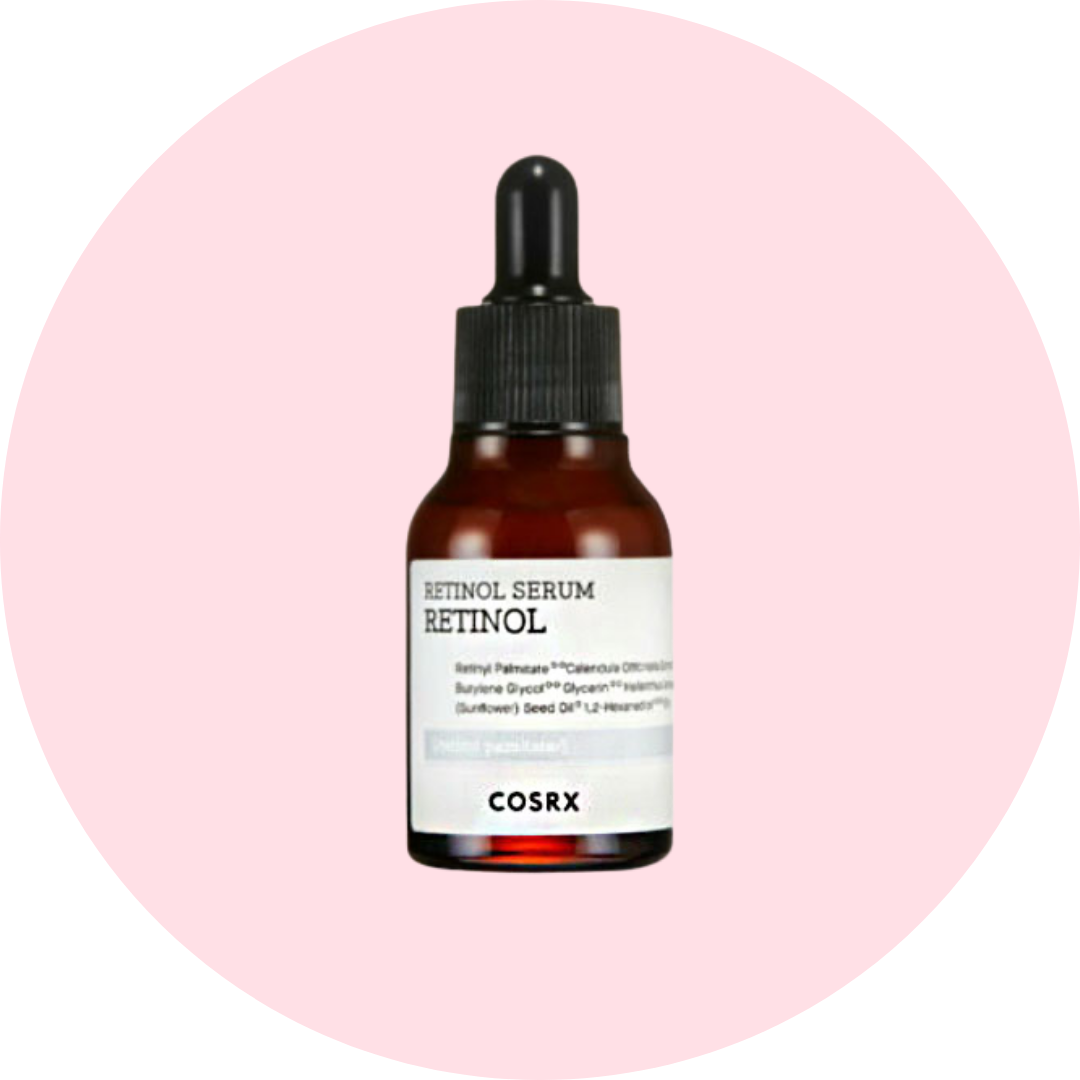
Retinol Product Pick
COSRX Real Fit Retinol Serum
Kojic acid
Kojic acid is an acid that is found in various types of mushrooms. It is also a byproduct of fungi that occurs in the fermentation of some Asian foods, such as soy sauce and rice wine. In the beauty industry, kojic acid is used as a skin lightener or depigmenting agent. It works by blocking tyrosinase, thus inhibiting melanin formation.
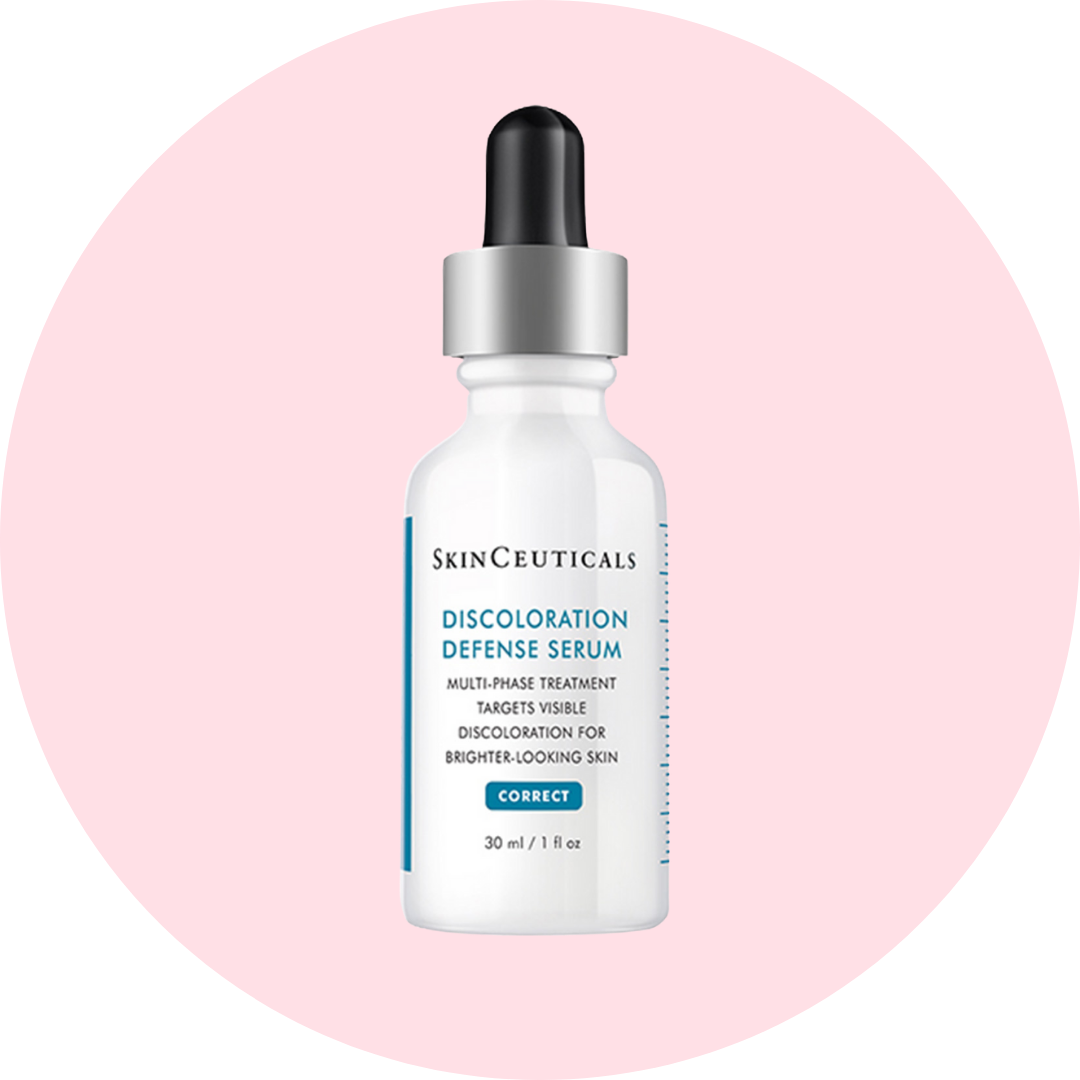
Kojic Acid Product Pick
SKINCEUTICALS Discoloration Defense Serum
Arbutin
Arbutin is a derivative of hydroquinone—one of the most effective skin-lightening actives but without its side effects. It is extracted from plants, such as, bearberry, blueberry, cranberry, mulberry, pomegranate, etc. Unlike hydroquinone that eliminates melanocytes (pigment-producing cells), arbutin suppresses the enzyme that stimulates those cells to produce pigment. That’s why it is a safe and effective option for people with all skin types (sensitive skin included) who are dealing with hyperpigmentation. It can be combined with other brightening ingredients as well, such as azelaic acid, kojic acid, niacinamide, etc.
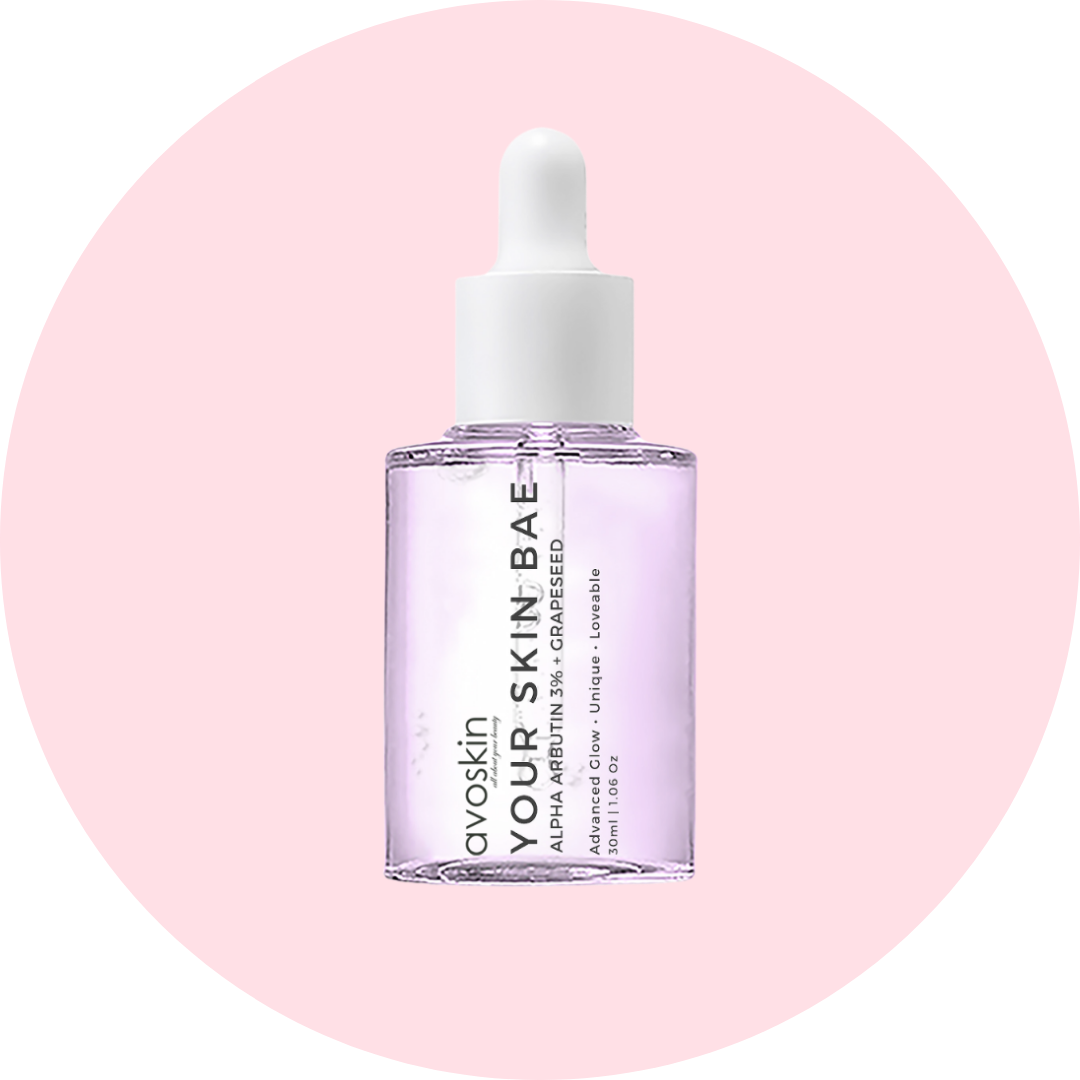
Arbutin Product Pick
AVOSKIN Your Skin Bae Alpha Arbutin 3% + Grapeseed
Hydroxy acids
Regular exfoliation can offer an excellent solution to hyperpigmentation. It sloughs off dead skin cells and fades away dark spots, resulting in a more even complexion. Different skin types may benefit from different kinds of acids. Those with dry skin should look for AHAs (glycolic acid, lactic acid, mandelic acid, and so on). While BHAs (salicylic acid and LHA) that are oil-soluble work better in people with oily, acne-prone skin. PHAs (gluconolactone, lactobionic), which are basically AHAs but with larger molecular size, are gentle enough for sensitive skin. So, which acid is the right one for you?
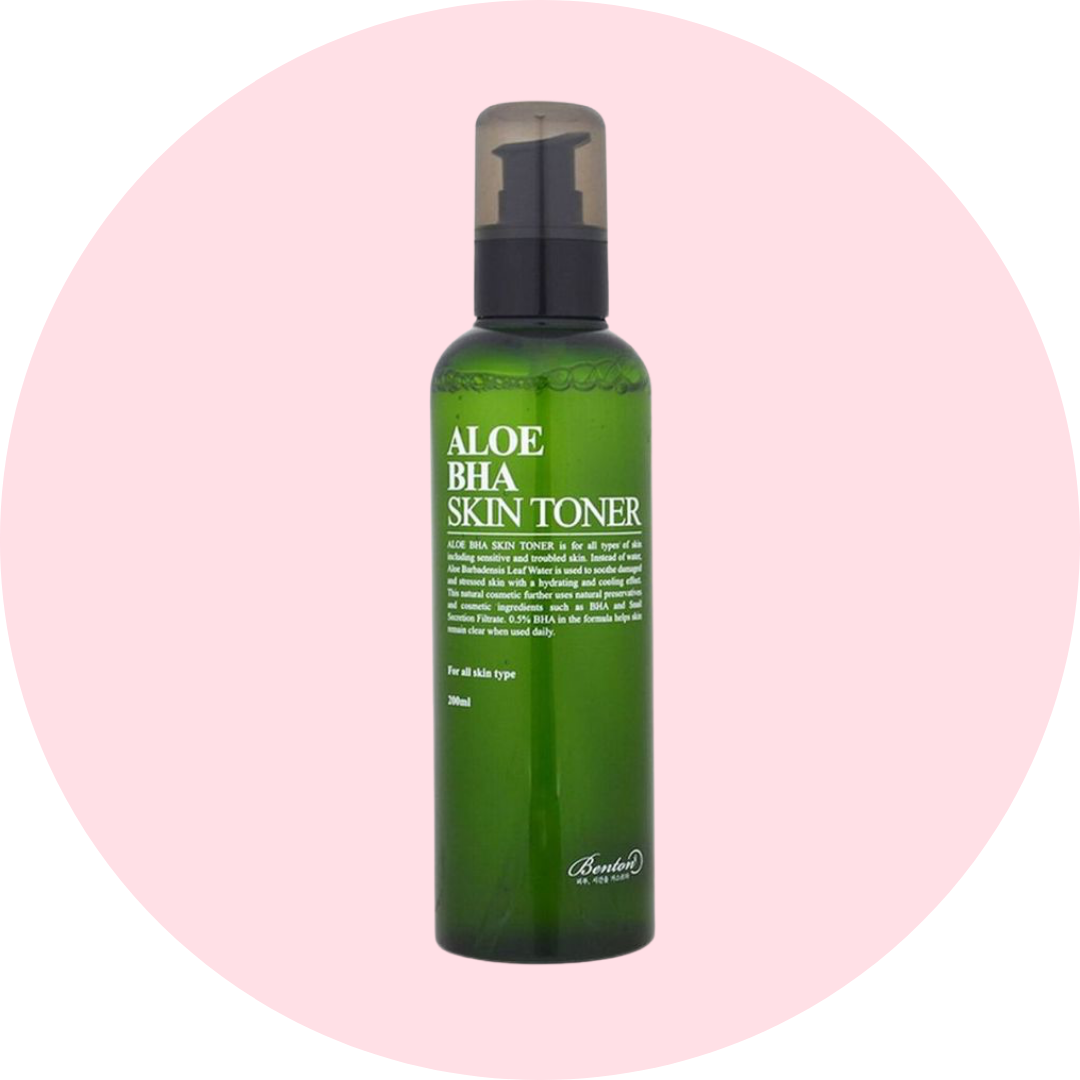
Hydroxy Acid Product Pick
BENTON Aloe BHA Skin Toner
Cysteamine
Cysteamine is a skin-lightening agent that works by reducing melanin synthesis. It is a naturally occurring component in our skin cells, with its highest concentration found in breast milk. Although you may not be familiar with this ingredient, its efficacy in treating hyperpigmentation has been reported in several studies. So, it is totally worth a try to tackle your concern with dark patches.
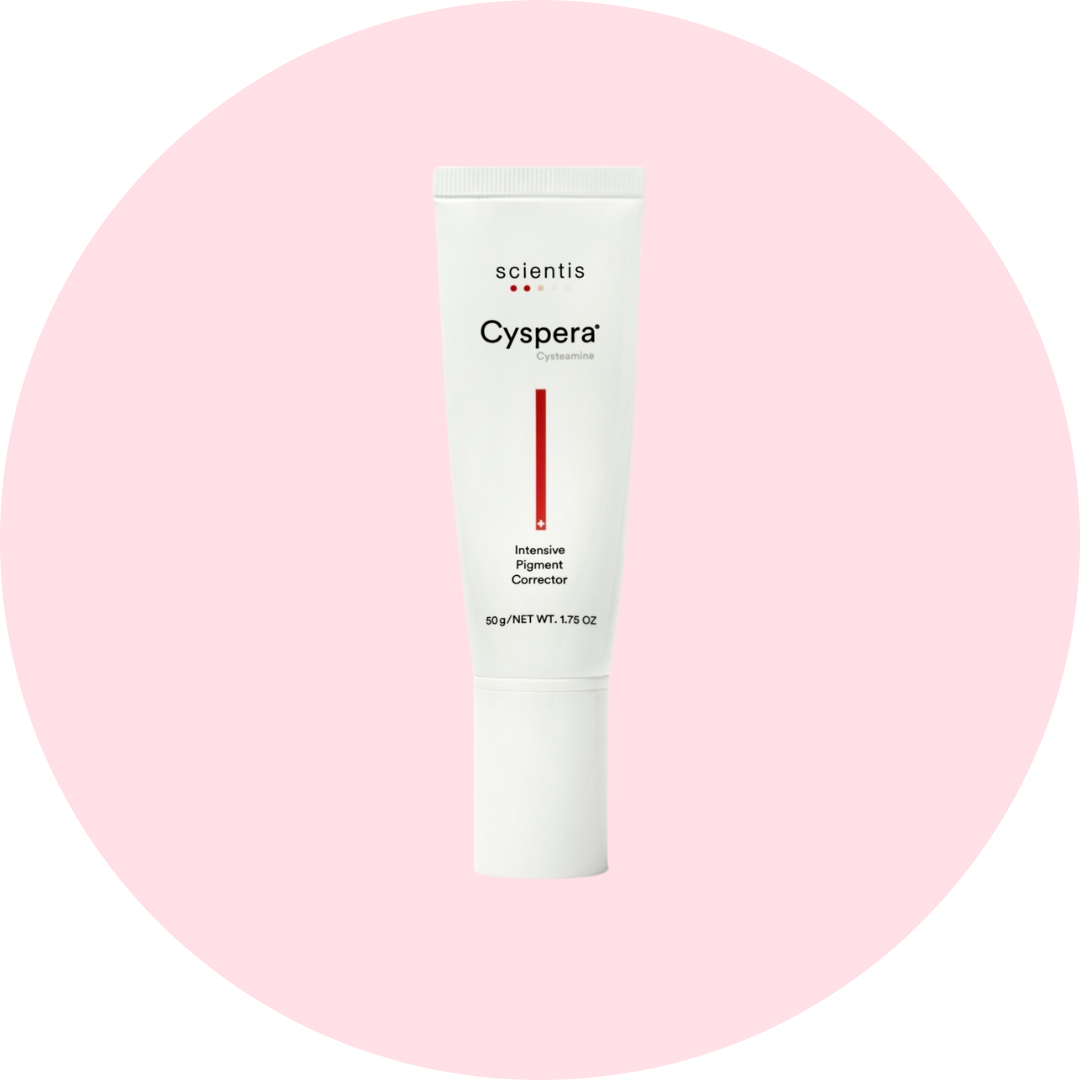
Cysteamine Product Pick
CYSPERA
Vitamin C
When we’re talking about hyperpigmentation, it wouldn’t feel right without mentioning Vitamin C. A staple ingredient in a skin-brightening regimen. Vitamin C that have a less acidic pH and more tolerable for sensitive skin, such as tetrahexyldecyl ascorbate and ascorbyl tetraisopalmitate are better for those with sensitive skin.
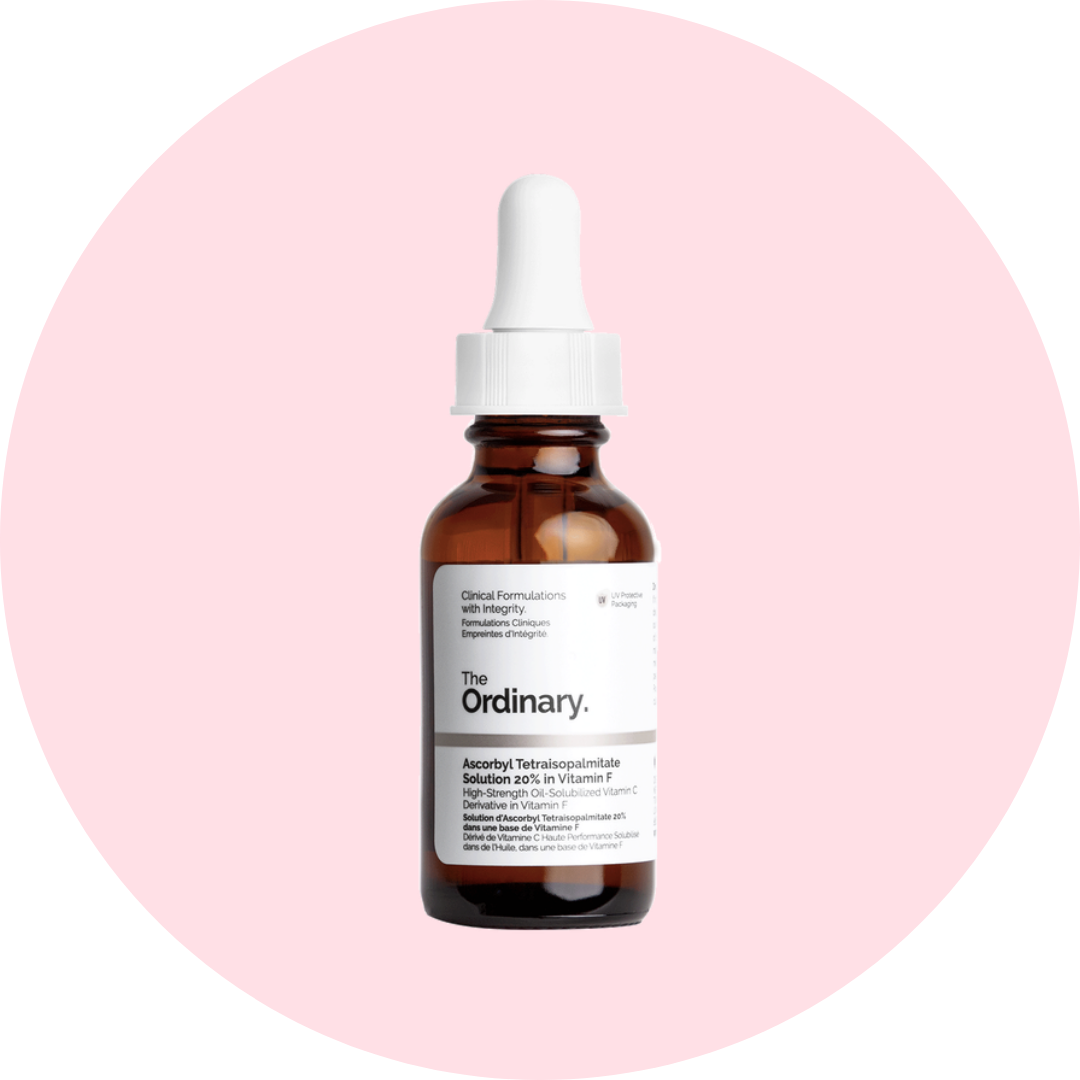
Vitamin C Product Pick
THE ORDINARY Ascorbyl Tetraisopalmitate Solution 20% in Vitamin F
Tips
- Be patient—consistency and time help hyperpigmentation to fade
- Don’t pick your acne (PLEASE)
- Treat your acne as soon as possible to prevent further inflammation
- Protect your skin against UV rays—wear sunscreen of SPF 30 or higher and physical protection (umbrella, wide-brimmed hats, etc.)
- Keep your skin moisturized
Need More Help?
If you have any other questions about your skin and how to take care of it, you can always download our Picky App and discuss with other users. If you want the opinion of a professional, you can check out other articles on our Picky Blog or head over to our Youtube channel! We post a ton of products and tips on our Instagram daily. We hope to see you on Picky!

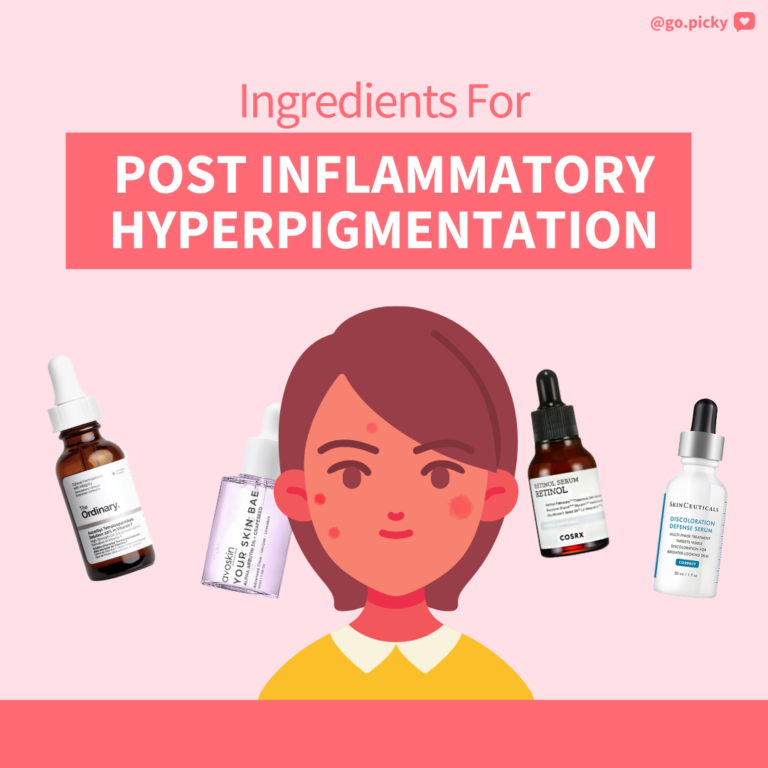













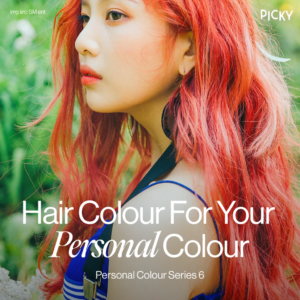
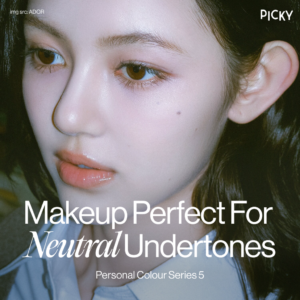


One Response
Very informative, Thank you so much now I know how to treat PIH and have a beautiful face again. I will make sure to take care of my face and will not pick my acne.